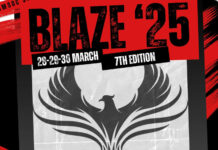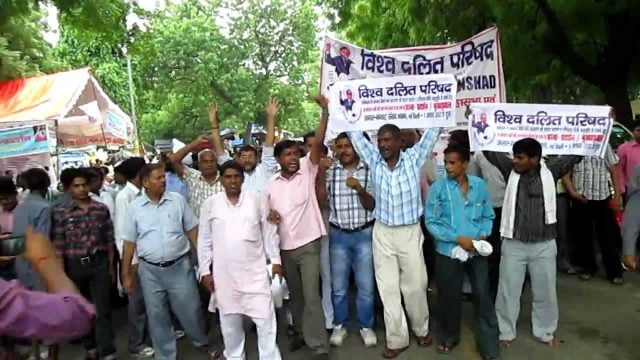The latest Supreme Court order on the SC/ST Act which is better known as the Atrocities Act, 1989 has created quite an uproar in the country with the SC and ST caste groups taking to the streets and calling a Bharat Bandh to voice their discontentment against the ruling and I don’t think they are entirely wrong in protesting against it.
Caste has always been a very sensitive issue in a country where backward communities have always been subjected to cruelty and abuse by the so called upper caste hooligans.
And that is specifically why the SC/ST Act or the Prevention of Atrocities Act, 1989 came into place:
To stop the practice of untouchability (which still exists in many parts of the country by the way) and protect the Dalits, Adivasis and other backward caste groups from being oppressed in this narrow-minded society.
But, on 20th March the Supreme Court laid down strict guidelines to protect private employees and public servants from the blatant misuse of the SC/ST Act.
But why?
What are the provisions under the SC/ST Act?
The primary motive behind the Atrocities Act is to protect the lower caste groups from being exploited at various social and government organizations.
Under this Act, the Scheduled Caste and Scheduled Tribe people have the right to file an FIR against any person who has allegedly tried to exploit them. The person would be immediately arrested without any delay and that too on a non-bailable basis.
Also Read: 1.24 Lakh Students In Kerala Leave Caste And Religion Columns Blank In School Admission Forms
What are the new guidelines issued by the Supreme Court?
In order to prevent the abuse of this Act by people for mala-fide purposes and for carrying out personal vendettas, the Supreme Court has said that now a preliminary enquiry will have to take place before an FIR is filed against the accused and if an arrest has to take place, written permission has to come from the appointing authority if the accused is a public servant and from the Senior Superintendent of police of that district in other cases.
Also, there is now a provision of anticipatory bail of the person in question where there is no solid case against him/her.
This ruling has come because apparently, some parties have misused the SC/ST Act to settle private scores and frame innocent people for crimes they haven’t even committed.
There is definitely proof that there have been cases of abuse but let us look at the other side.
The Sad Reality
There isn’t an iota of doubt that caste-based discrimination is still rampant in India despite the presence of this Act.
And this Act isn’t that good enough either to ensure the protection of the marginalized communities. That’s because the conviction rate in cases filed under this Act is frustratingly low.
According to sources, in 2016, 89.7% cases in regard to the SCs were pending in courts. And the same was 87.1% for the STs.
This statistics proves that despite the presence of this Act in its original form which calls for speedy disposal of the cases to ensure that justice is served as quickly as possible, people have been successful at flouting the norms to delay it.
What’s the point of filing a case when the verdict is never to come?
And on top of that, Supreme Court has now made it mandatory to hold a preliminary enquiry even before an FIR is filed.
Is there any guarantee that this enquiry would be free from caste bias and would serve the twin purposes of protecting both the SC/STs and the abuse of this Act?
In its attempt to contain the misuse of this Act, this provision is pushing every genuine case into the purview of suspicion and this would only delay the process of justice for those who are actually oppressed and exploited.
Not only that it will just take away the little amount of trust the marginalized caste groups have on India’s judiciary system. They deserve more than that for the social ostracization they have continuously faced for three decades now.
All in all, although the intention behind Supreme Court’s ruling is right, the specific provisions might end up doing more harm than good.
Sources: Times Of India, The Tribune, The Print, The Wire, Economic and Political Weekly
Image Source: Google Images
Other Recommendations For You:
http://edtimes.in/2018/03/all-you-need-to-know-about-the-namo-app-data-leak/





































